Description
At the death of Fernando I, he divided the kingdom among his children, raising Castile to the kingdom for his son Sancho, but Sancho snatched the territories of his brothers (except Alfonso) before being killed, so that Alfonso VI could meet the legacy, Indiviso arriving at 1157, the year Alfonso VII died from Nuevo León to Fernando II, and Castilla to Sancho III. These were happened by Alfonso IX de León and Alfonso VIII of Castilla and the first case with the daughter of the second, where Fernando III El Santo would be born, who would again unite the kingdoms in 1230. Fernando III would take advantage of the weakness Almohade after the battle of Las Navas de Tolosa, to get the Guadalquivir Valley, and his son Alfonso would conquer Murcia. From Fernando III, the courts of the two kingdoms went on to join at the same time. The right of private cities and regions remained in the beginning (old jurisdiction of Castile), but it was progressively tended to a common right around the games of Alfonso X. With this, Castilian would also be established as an official language for the Documents. At the death of Alfonso XI, a dynastic conflict explodes between his legitimate son Pedro, and the children with his lover and noble Castilian, Leonor de Guzmán. Alfonso really had 9 children with Leonor, who were always in court, while Pedro grew up with his mother, away from this. After Leonor”s death a year after the death of Alfonso XI (ordered by Queen Mother María de Portugal), the civil war between Pedro and his stepsisters unleashed. Looking for allies, Pedro”s valid, Albuquerque negotiated marriage with a French noble Bourbon. This will cause an important lifting of nobles that Pedro was able to control, but his violent response to the setbacks, promoted in his ranks the dropout, rather than dealing with the king to justify the failures. In the war that exploded with Aragon, this would end up fattening the ranks of his opponents, which would end up led by Enrique de Constámara. In 1366 Enrique arrives with an army of French mercenaries (paid by the Pope, Pedro IV of Aragon and the French king), and before Peter”s escape, he becomes crowning king in Burgos and then chases his brother. Pedro I flees to Gascuña, where he agrees with the black prince important territorial assignments to England. The English enter the Peninsula, and win the French in the battle of Nájera. The Peninsula becomes briefly scenario of the War of the Hundred Years. The non -payment of the English made them leave the Peninsula, killing Enrique II to his brother in 1369, thus producing the change of dynasty. In 1388 the new dynasty will fix with a marriage the relations with England, instituting the Principality of Asturias for the heir. With Enrique III, real power is subtracted from the nobility, and for the commitment of Caspe, the regent Fernando de Antequera (brother of Enrique), will become king of Aragon, racing the way for the union between crowns. Juan II will trust the government to Álvaro de Luna, which will increase discrepancies with high nobility. Enrique IV will suffer this disaffection of first hand, and will have to name his brothers (Alfonso I and then Isabel) as heirs obliged by the nobility. In the agreement of the bulls of Guisando, Isabel remains as heiress, in exchange for marking the chosen by his brother. When marrying Fernando, Enrique considers the agreement broken, and the death of Enrique explodes the civil war between the supporters of Isabel and Juana (La Beltraneja). Isabel will try to impose itself on the Castilian nobility, powerful thanks to the reconquest. For this, the corregidores will be created to supervise the management of the cities, and the Holy Brotherhood for the prosecution of criminals. Justice will become more dependent on the crown and private wars are prohibited. The Canary Islands are conquered at this time as well, and in 1492 two important events occur, the end of the reconquest with the taking of Granada, and the expulsion of the Jews not converts, on which the pressure had increased recently. With the death of Isabel, Fernando”s regency on her daughter Juana and her husband Felipe will be agreed, but Felipe is supported by the Castilian nobility and Fernando retires to Aragon in 1506. After the death of Felipe, Fernando returns as regent and continues a expansionist policy Fernando occupies Navarra in 1512 for the rights of his wife German of Foix. Between 1512 and 1515, Navarra will be linked to the kingdom of Aragon. In the Burgos Courts of 1515 the annexation to Castilla will be accepted. At Fernando”s death in 1516 the kingdoms pass to Juana”s son, Carlos I, under the regency of Cardinal Cisneros. Carlos I abdicate and separates his territories between his son and his brother in 1556.

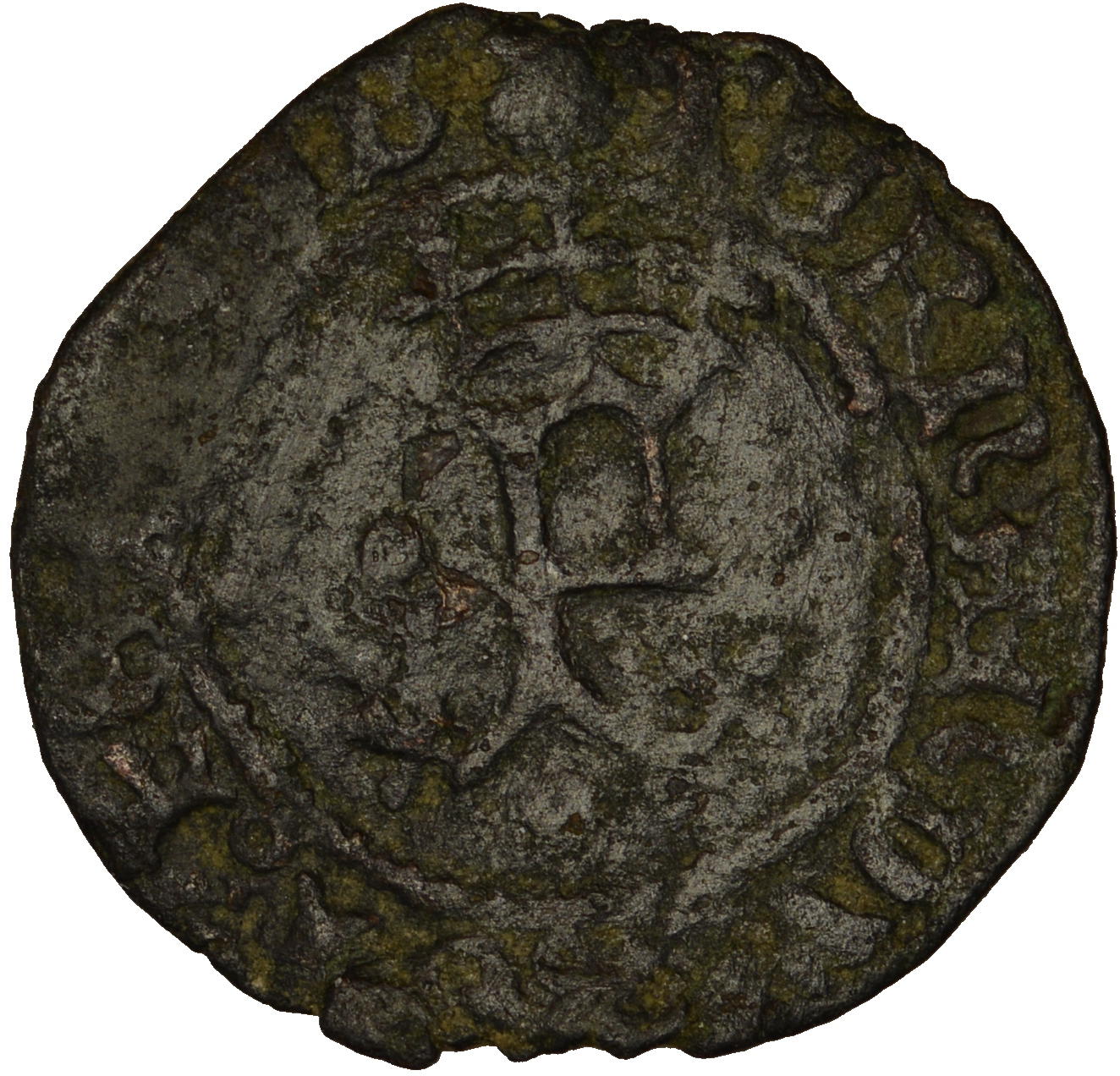
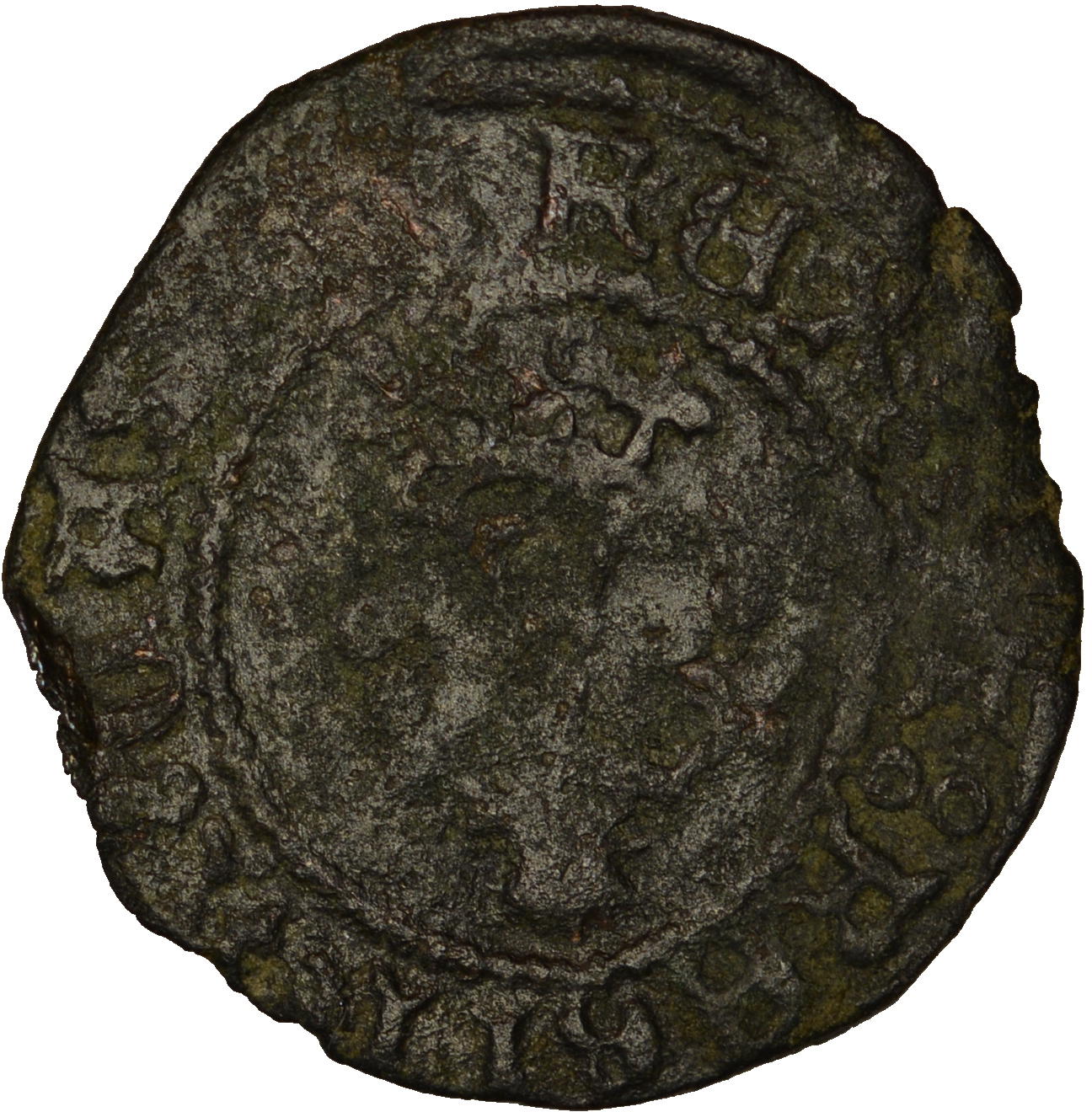
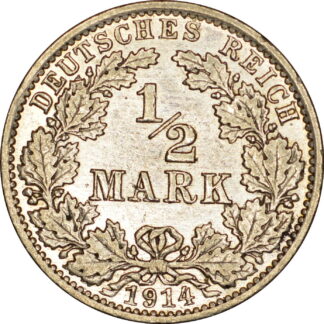
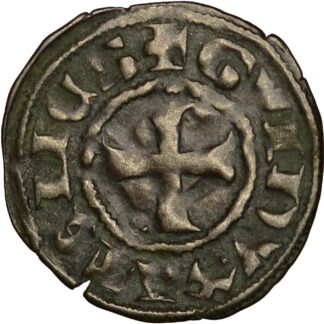

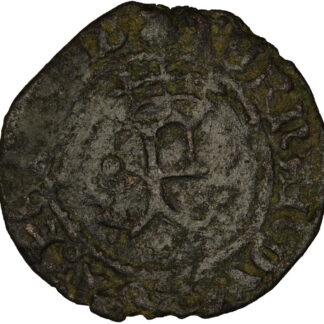
Reviews
There are no reviews yet.